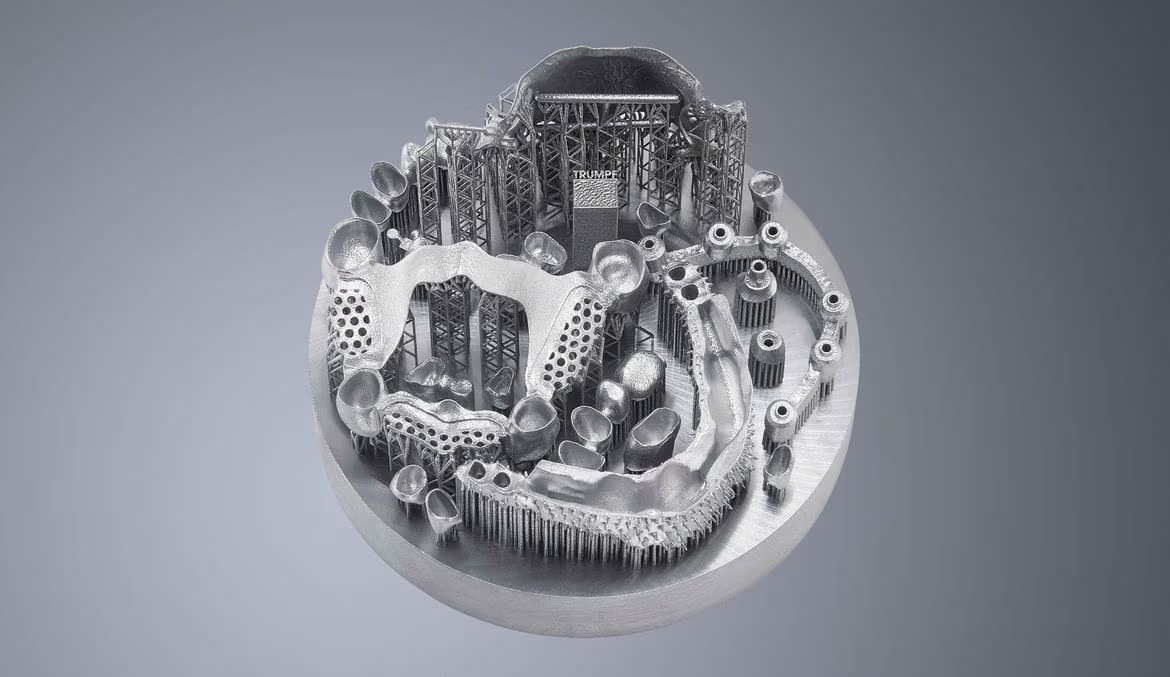
Our participative design and production process allows you to easily collaborate in key stages. This method ensures a highly precise dental prosthesis that meets the needs of the patient.

Both physical and digital intraoral impressions can be used to create a digital dental prosthesis. All types of files generated by an intraoral scanner are accepted.

With a Zirkonzahn scanner equipped with three high-definition cameras, the physical or digital impression is accurately imported into our computer-aided design software, creating a detailed representation of the patient’s mouth.

As partial dentures put additional strain on adjacent teeth and support structures, the design of the component must be finely adapted. To achieve this, a model with perfect characteristics is created using computer-aided design software. Undercuts are automatically filled throughout the prosthesis, and our technicians remove the retentions where the clasps will be installed.
Digital modelling allows for:

The 3D model can be commented on and approved on the TrakDesign platform.

From the simplest to the most complex geometries, all types of metal components can be printed in a single piece.
The partial denture is manufactured using medical-grade metal powders applied layer by layer, providing the piece with a high level of mechanical density.

This technique is used to maintain the geometry of the product, improve its precision and give it a brilliant mirror-like finish. The metal skeletal component is manually polished and adjusted by our technicians until the prosthesis is perfectly fitted to the patient’s dental model.

The metal partial denture is fitted on the 3D-printed dental model of the patient’s mouth.